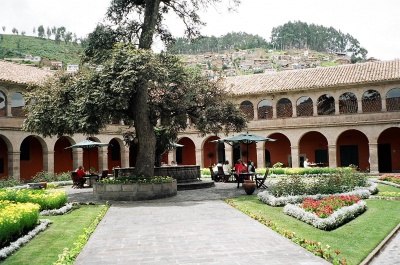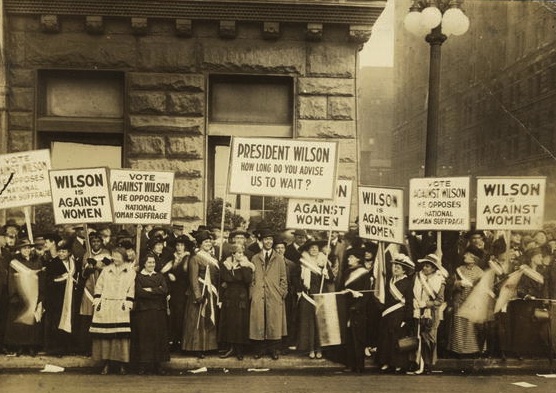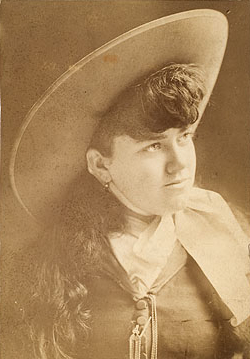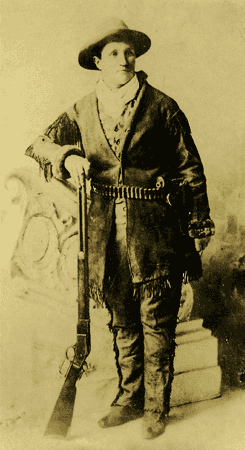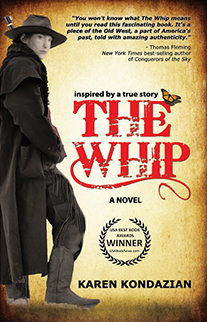It was time for me to finally lay eyes on the mystical Machu Picchu, a place I had always heard about in awed tones, by the people who had been there– although I knew little about. I flew from Lima to Cuzco, high in the Andes at more than 10,000 feet above sea level. When I got off the plane, I felt winded, dizzy, had a bad headache. I was told that I had altitude sickness and was handed a hot cup of coca tea. After several cups, I felt light and chipper, myself again (While there, I drank many cups of this delicious brew… outlawed in the U.S. as it comes from the coca leaf – translated by the US immigration as cocaine). It kept me well… It kept me thriving… Without it, I could not have conquered the altitude.
Cuzco was founded in the 15th century by the Incas, and then later vanquished by the Spaniards. I stayed in an ancient Monastery (1595) the Hotel Monasterio del Cuzco, and at breakfast I heard chanting… beautiful, peaceful chanting – and drank coca tea. Blissful is how I started my day.









